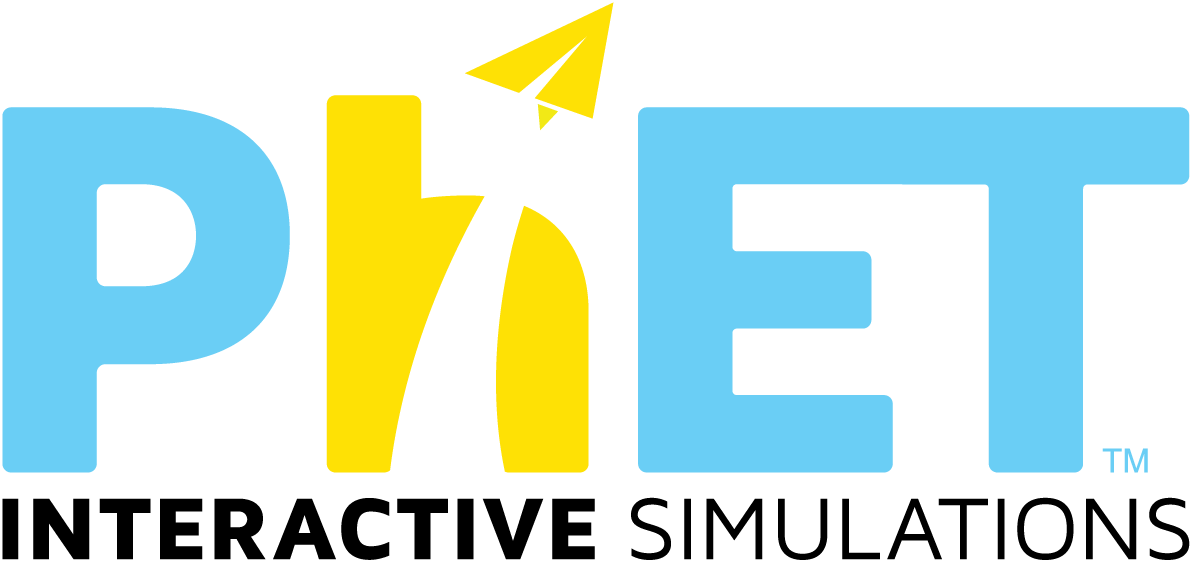work function に該当する検索結果が 183件ありました。
シミュレーション
- エネルギースケートパーク (HTML5)
- エネルギーの形態と変換 (HTML5)
- おもりとばね (HTML5)
- ニューロン (HTML5)
- バンド構造
- ファラデーの電磁石研究所
- ファラデーの法則 (HTML5)
- フックの法則 (HTML5)
- マジックスコープ (HTML5)
- マジックスコープ: ベーシック版 (HTML5)
- レーザーlasers
- α崩壊
- 圧力 (HTML5)
- 一次元の力(Forces in 1 Dimension)
- 可逆反応
- 核分裂
- 気体の性質 (HTML5)
- 傾斜台(The Ramp)
- 交流回路キット (HTML5)
- 交流回路キット ‐ 実験室 (HTML5)
- 光電効果
- 三角関数 (HTML5)
- 斜面:力と運動
- 重りとバネ(Masses & Springs )
- 振り子の実験 (HTML5)
- 水素原子モデル。
- 太陽系(My Solar System)
- 二次方程式のグラフ (HTML5)
- 二重井戸と共有結合
- 風船と浮力
- 物質の状態(States of Matter)
- 放射線年代測定ゲーム
- 放物運動 (HTML5)
- 量子トンネル現象と波束
- 量子の束縛状態
- 量子波の干渉
- 力と運動
- 力と運動: ベーシック (HTML5)
- 力学的エネルギーの保存: ベーシック (HTML5)
- Generator (HTML5)
- Calculus Grapher (HTML5)
- Faraday's Electromagnetic Lab (HTML5)
- Models of the Hydrogen Atom (HTML5)
アクティビティ
- Function Fun
- Defining Functions
- The Photoelectric Effect and Work Functions
- Comparing Functions: Function Sleuthing to Find Rules
- Describing Functions
- The Photoelectric Effect and Work Functions
- Properties of representations of linear functions
- Definiendo Funciones
- Photoelectric Effect
- Funky Functions
- Photoelectric Effect Virtual Experiment
- Wave Modeling and Wave addition (Inquiry Based)
- Funciones con phets
- Photoelectric effect
- Function Builder
- Conservation of Energy 1: Introduction (qualitative approach)
- Modeling Friction (Inquiry Based)
- Conservation of Energy using Masses and Springs (homework version) (Inquiry Based)
- Funciones divertidas
- Position function of mass on spring
- Work - Energy
- Defining Functions
- FORCES AND MOTION WITH WORK ENERGY
- La función misteriosa
- Exploring Light as a Particle
- Work Energy on a Ramp
- Work and Energy Simulation Lab
- Propiedades de las Representaciones de Funciones Lineales
- Exploring Linear Functions
- Elastic potential energy, work and Hooke’s law.
- Guided Exploration on Lac Operon Function
- Parabolas on the Move!
- Ripple While You Work
- Application of The First Law of Thermodynamics
- Energy Skate Park
- Spring or Sprung?
- Conservation of Energy (Energy Skate Park)
- Exercício - Introdução à Lógica de Programação
- Trabalhando com o Construtor de Funções
- TRABALHANDO O CONCEITO DE FUNÇÃO AFIM OU FUNÇÃO POLINOMIAL DO 1º GRAU
- Função Polinomial do 1º grau com o auxílio do OA Construtor de Funções
- TRABALHANDO O CONCEITO DE FUNÇÃO AFIM OU FUNÇÃO POLINOMIAL DO 1º GRAU
- Constructing Functions
- Applications of Sinusoidal Functions
- Energy Transformations
- The Atom; Discovery of the Atom
- Wave Representations (Inquiry Based)
- Potential Difference in Circuits
- Stimulating Neurons
- Qualitative Introduction to Energy
- Testando o PhET
- Energy Skate Park-NGSS aligned HS
- Ramp Activity 1: Using free body diagrams for motion on an incline (Inquiry Based)
- Ramp Activity 2: Calculating Net force on an incline (Inquiry Based)
- Using Ratios and Rates to Solve Problems
- Addition strategies within 10 (or 20)
- Investigating Springs
- potential well lab
- potential barrier lab
- Forces and Motion: Finding the Mass of a Car
- Fields - NGSS Aligned
- Capacitor_Lab_Basics _html_Remote_lab
- RGB Color
- DC circuits lab with real equipment and CCK
- Video: Self-paced learning on Energy Skate Park (GPE, KE and Work done)
- The Ramp Mechanical Advantage and Efficiency
- Middle School Math Sim Alignment
- Balancing Chemical Equations HTML5
- PhET Simulation- Lac Operon
- Bunny Blitz
- Electric Field and Electric Field Lines
- projectile motion
- Equivalent Expression Exploration
- Energy Chains
- Solenoids
- Greenhouse Gas Lab
- Exploring pH & Its Variations Through Water Dilution (for visually impaired students)
- Rotational Equilibrium Simulation HW
- Projectile motion
- Force and Motion
- Energy Skate Park Formal Lab
- Exploring parallel and perpendicular lines
- projectile motion
- Models of the Atom
- Ohm's Law Graphing Lab
- pH Relationships
- Electric Field Lab
- Middle School and High School Common Core Alignment Document
- Photoelectric Virtual Experiment
- It’s All in the Shape: Discovering Molecular Geometry
- Gene Expression and Protein Synthesis
- Pressure in Liquids and Gases
- Behavior of Semiconducting Materials
- Forces and Motion Basics Interactive Activity
- SECUNDARIA: Alineación PhET con programas de la SEP México (2011 y 2017)
- Charges and Fields Exploration
- Forces and Motion - Friction and Free Body Diagrams
- PhET Buoyancy Lab Student Worksheet - Exploring Density, Gravitational Forces and Buoyant Forces
- Refraction Lab
- Action Potential Simulation - Guided Inquiry Activity
- Projectile Motion
- Variables and Coefficients
- Potential Energy of A Spring (Elastic Potential Energy)
- Balancing equation
- Thermodynamics of Skating
- Electric Field vs Electric Potential
- Unusual cases of oscillation
- Preguntas de razonamiento para todas las simulaciones HTML5
- Energy Skate Park Lesson
- Radioactive Decay, Fission and Chain Reactions
- Maze Game
- Friction Investigation
- Simple Circuits
- High School Chemistry 1 level: Limiting reagents
- Greenhouse effect activity
- projectile motion
- Energy Skate Park Lab (html5)
- Spring Simulation - Identifying Variables & Asking Questions
- Free fall
- Lab - Natural Selection
- Mr. (Moving Man)
- CD's, DVD's & Optical Commmunication: Binary Coding and Diffraction Errors
- Light Emission and Lasers
- PREPARATORIA: Alineación de PhET con programas de la DGB México (2017)
- Gas Laws, Quantitative, Gay-Lussac's law
- Unit Rate as Slope
- Gas Laws, Quantitative, Boyle–Mariotte law
- Gas Laws, Quantitative, Charles' law
- Virtual Lab - Circuit Basics
- Writing an Equation for the Wave
- Greased Lightning
- Hooke's Law, Spring Constant, and Energy HONORS
- The Two-Slit Experiment
- Playing with atoms
- Energy Simulation Lab - Skate Park
- Quest for the Coulomb Cup
- Atomic Models and Spectroscopy
- States of Matter - Lab Simulation - student procedures and questions
- Coulomb's Law Data Collection and Analysis (remote online learning)
- Computer Simulations as a Tool to Assist Teaching Basics of Electromagnetism (Simulações Computacionais Como Ferramenta Auxiliar ao Ensino de Conceitos Básicos de Eletromagnetismo)


